Acrylamide is a dangerous chemical compound used to produce the polymer polyacrylamide that serves in the production of plastic packaging for food.
Dangers of Acrylamide
Based on numerous studies, acrylamide exhibits severe toxic effects on the nervous system, in tests on humans and in people who work in areas of exposure to acrylamide. Acrylamide is a proven carcinogen in animal testing, causing the formation of tumors in various organs.
There is no concrete evidence of such an effect in humans.
In 1994, the International Agency for Research on Cancer classified acrylamide as a "likely carcinogen for people".
Safe Intake Levels of Acrylamide
According to the International Agency for Research on Cancer, acrylamide can cause genetic mutations and has carcinogen effects on the human body.
The World Health Organization has determined the permissible limit of its concentration in water at 0.1 mcg per 4 1/5 cups (1 L).
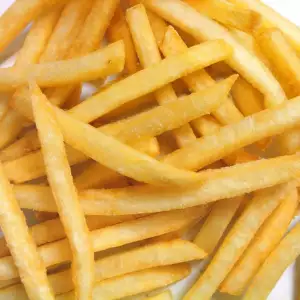
In Germany for instance, plastic food packaging manufacturers are obligated to guarantee that when food products come into contact with the bags, no more than 1 mcg of acrylamide gets into every 2 lb (1 kg) of product.
Sources of Acrylamide
Bread and flour, rice, meat, raw potatoes, fish and many other food products have been tested for the presence of acrylamide. Scientists have found that products made from potatoes rich in starch and various cereal grains are practically chock full of this carcinogen.
Another rule scientists have found is that these products have been heated to over 250°F (120 °C) - baked in the oven, grilled, fried.
The high content of acrylamide comes from the amino acid asparagine, which when heated to anywhere from 250°F (120 °C) to 370°F (185 °C) or more it turns into the harmful compound.
It must be noted that acrylamide is not found in foods just because food manufacturers are poisoning people or not adhering to technological processes. If you fry potatoes in a deep frier at home, the amount of acrylamide will be the same as in the fries you order at a restaurant. To avoid the dangers of acrylamide, food needs to be boiled or sauteed.
Reheating fried dishes in a pan or in the oven is also not recommended because this way the content of acrylamide doubles.
Other sources - acrylamide is a toxic chemical compound that polymerizes easily, which is why it's used in the production of polyacrylamide materials.

In turn, polyacrylamide, finds a wide range of uses - as a precipitator in drinking water filtration, for the synthesis of dyes, in cosmetics, in the paper industry. Cigarette smoke is also a source of acrylamide.
Since May 2007, the European Commission has recommended member states to carry out annual monitoring of acrylamide levels in food.
The foods that make the blacklist are potato chips and fries; potato products intended to be prepared at home; biscuits, bread and grain snacks; sterilized baby food and cereal-based baby food, as well as many other products.
Data by the World Health Organization indicate that chips contain 1343 mcg/kg; dried snacks - 150 mcg/kg; fries - 330 mcg/kg; corn puffs - 167 mcg/kg; biscuits, toasts and pastries - 142 mcg/kg; roasted chicken - 52 mcg/kg.
Reducing Levels of Acrylamide
It's clear that it's not enough to simply stop ordering French fries at restaurants because even when made at home, they are unhealthy.
Doctors advise for people to bake products to a golden color, not brown. The situation is especially dangerous if the dish is burned. The next recommendation is to avoid using crumbing as a cooking method.
Crumbing assures additional carbohydrates, which form acrylamide at high temperatures. If possible, substitute baking with boiling. Fast food needs to give way uncooked, natural products.
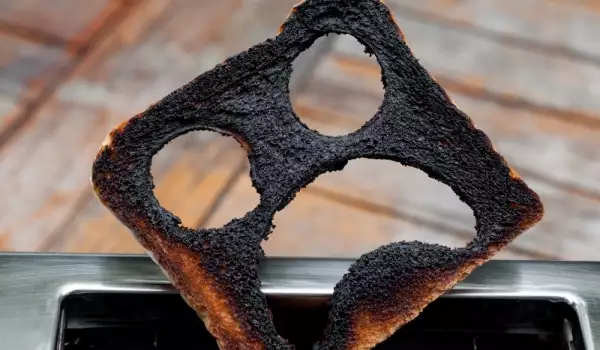
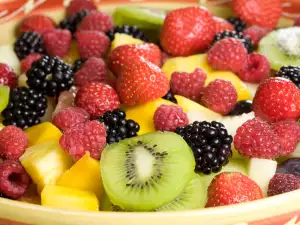
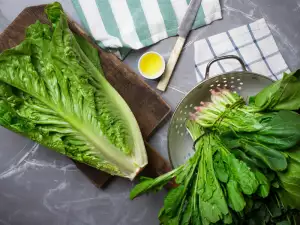
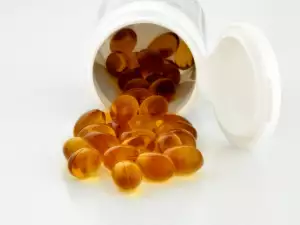




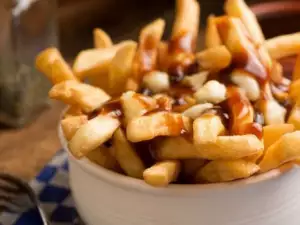
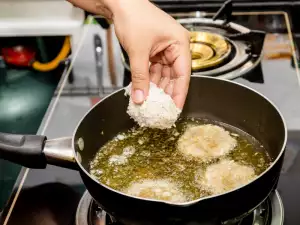

Comments